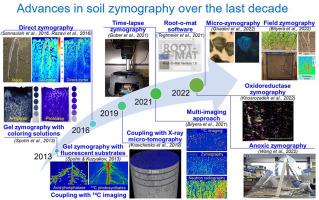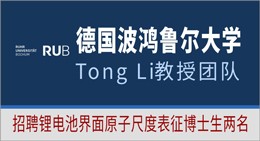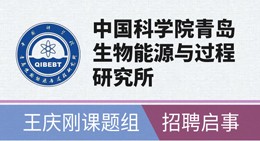Soil Biology and Biochemistry ( IF 9.8 ) Pub Date : 2023-12-06 , DOI: 10.1016/j.soilbio.2023.109264
Nataliya Bilyera , Yakov Kuzyakov

|
This review summarizes the most important methodological developments and applications of soil zymography – the technique used to visualize enzyme activities in soil to identify and localize hotspots. After the first application of fluorogenic substrates for enzyme activity imaging in soil 10 years ago, zymography has been used in many studies. This reflects its universality, simplicity and visualization of the hidden microbial and root life in soil, which is a very heterogeneous and “dark” environment. After a short description of zymography background, we present the 10-year advances in the spectrum of enzyme activity imaging, zymography resolution, standardization and hotspot identification. A special focus is placed on combining the zymography with visualizing the localization of soil acidification, root exudation, pore distribution, nutrient and water fluxes. To date, most applications have been related to enzyme activities in the rhizosphere to visualize plant-soil-microbial interactions. Here, we go a step further and show many other important directions (i.e., biopores, detritusphere, microplastisphere) to identify the heterogeneity and localize hotspots of microbial activities and processes in soil.
The past progress, current possibilities and challenges, as well as future perspectives of soil zymography are discussed. Soil zymography is widely applicable in natural and agricultural ecosystems in the field and in laboratory studies, scaling down from the whole root system (dm) to microbial communities (μm). In the decade ahead, enzyme research and specifically zymography imaging will continue to expand microbial studies and hotspot localization. This will involve intersecting with (bio)chemical, physico-chemical, microbial cell imaging and isotope applications.
In summary, over the past 10 years, zymography based on fluorogenic substrates has illuminated the hidden microbial transformations of nutrients in soil hotspots. This has opened new ways to combine the localization of microbial processes with physico-chemical soil heterogeneity, and to identify the biochemical prerequisites for hotspot formation in soil.
中文翻译:

土壤酶谱分析:微生物热点成像的十年快速发展
这篇综述总结了土壤酶谱法最重要的方法学发展和应用——该技术用于可视化土壤中的酶活性以识别和定位热点。自十年前首次应用荧光底物进行土壤酶活性成像以来,酶谱法已被用于许多研究中。这反映了土壤中隐藏的微生物和根系生命的普遍性、简单性和可视化,这是一个非常异质和“黑暗”的环境。在简要描述酶谱背景后,我们介绍了酶活性成像谱、酶谱分辨率、标准化和热点识别方面的 10 年进展。特别关注将酶谱与土壤酸化、根系分泌物、孔隙分布、养分和水通量的局部可视化相结合。迄今为止,大多数应用都与根际酶活性有关,以可视化植物-土壤-微生物相互作用。在这里,我们更进一步,展示了许多其他重要方向(即生物孔、碎屑圈、微塑料圈)来识别土壤中微生物活动和过程的异质性并定位热点。
讨论了土壤酶谱学的过去的进展、当前的可能性和挑战以及未来的前景。土壤酶谱分析广泛应用于自然和农业生态系统的田间和实验室研究,范围从整个根系 (dm) 到微生物群落 (μm)。未来十年,酶研究,特别是酶谱成像将继续扩大微生物研究和热点定位。这将涉及(生物)化学、物理化学、微生物细胞成像和同位素应用的交叉。
总之,在过去的十年中,基于荧光底物的酶谱法揭示了土壤热点地区养分隐藏的微生物转化。这开辟了将微生物过程的定位与土壤物理化学异质性相结合的新方法,并确定土壤中热点形成的生化先决条件。































 京公网安备 11010802027423号
京公网安备 11010802027423号